Plantar Plate (Ball of Foot) Pain
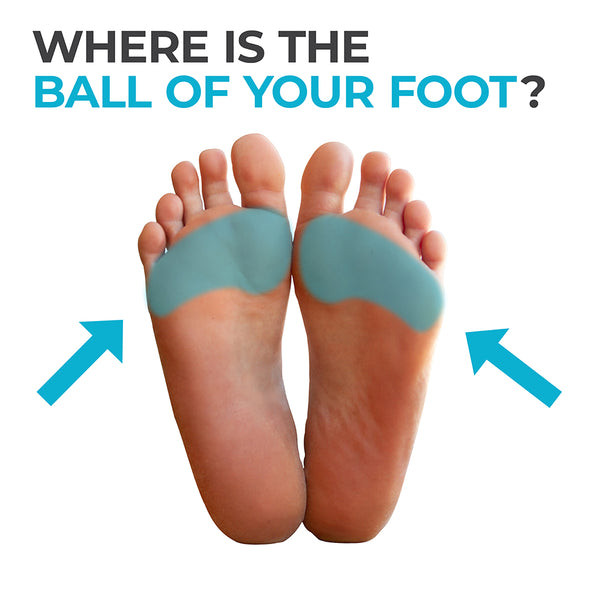
Ball of Foot Pain
Pain that is felt in the ball of the foot (the area just before the toes as shown on the image on the left) is quite common among the general public and can be caused by a number of reasons. In most occasions, people who are experiencing the pain in this area are labelled as having ‘metatarsalgia’ which is a very vague and common term used to explain pain in the ball of the foot. People with ball of foot pain tend to feel an aching pain and inflammation in this region. Some may even feel a sharp shooting pain, numbness, and even pain when flexing the toes.
As a Podiatrist that deals with many biomechanical cases with my patients, it is the second most common concern I hear and see in the clinic. There are many causes and reasons as to why people get pain in that area of the foot, and one of the most common culprits is ill fitting shoes! In most cases, the types of shoes that increase the risk of pain in the ball of the foot are shoes with a heel. The reason for this being is that, normally, this is the area where people place most of their weight when standing and walking. Wearing a shoe with a heel will increase the pressure and load on the ball of the foot, causing issues and pain.
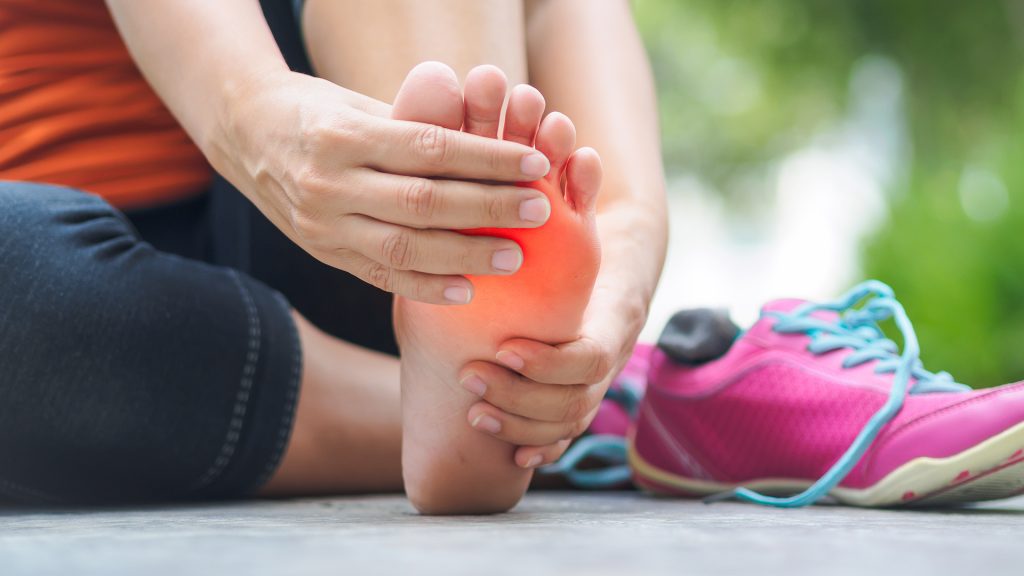
The Symptoms of Pain in the Ball of Foot
Some symptoms that may be experiences when having issues in this region, may include, but is not limited to:
- Aching or burning type of pain in the front of the foot.
- Sharp, shooting pain which can run the length of any of the toes, be generalised to the front of the foot, or can be specific to one spot.
- Numbness, tingling or a pins and needle sensation in the toes.
- Feeling like there is a small pebble inside of your shoe.
- Immediate pain which gets worse when standing, walking, running, exercise or flex your foot and toes.
Ball of foot pain can also occur simultaneously with inflammation, swelling, or bruising of the foot.
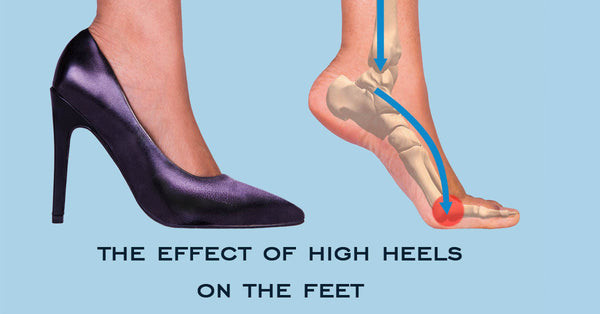
What are the risk factors for ball of foot pain?
The risk factors that can be leading to pain in the ball of the foot are:
- Having a high arched foot causes an increase pressure at the ball of the foot.
- Having the second toe longer than the first: this can cause an increase pressure at the base of the joint, where it connects at the ball of the foot.
- Being overweight which can lead to an increase in pressure and weight on your feet.
- Intense physical activity which can lead to increased pressures on the ball of the foot.
- Wearing heeled shoes (even a small heel) or shoes that are too tight can increase pressures on that region of the foot.
- Having toe deformities can lead to increased pressures on the feet.
- Age: The fatty pad that provides cushioning to that region of the foot diminishes with age, increasing pressures on ball of foot. Arthritis usually increases with age, which can cause damage and increased pressures on the ball of the foot.
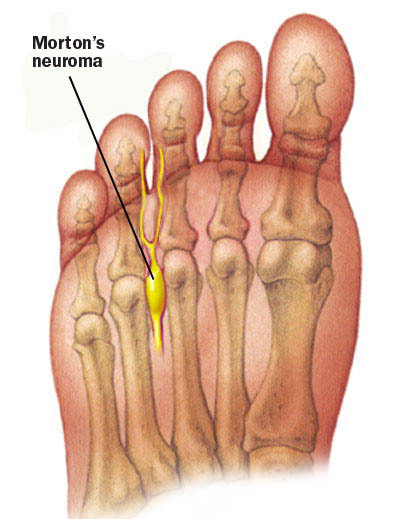
What Conditions can be causing Pain in the Ball of the Foot?
If left untreated, it can affect the way you walk and cause more complex conditions which may take longer to treat. The conditions that can be causing pain in the ball of the foot are:
- Plantar plate tear: A very common injury which is caused by repetitive overload of the ligament (plantar plate) located at the bottom of the toe and attaches to the ball of the foot. It is most commonly seen in the second toes.
- Capsulitis: inflammation of the surrounding structures of the joints in the region of the ball of foot.
- Morton’s neuroma: Thickening of the tissue around a nerve running the length of the toes. It is most commonly felt between the 3rd and 4th toes.
- Sesamoiditis: The structures around the little bones at the big toe joint become inflamed due to overload.
- Stress fracture: Repetitive load on the ball of foot can lead to a stress fracture of the metatarsals (bones that connect the ball of foot to the toes)
- Corns and/or calluses: Increase loads and pressures on the ball of the foot which can be caused from poor fitting shoes or a high arched foot can lead to hardening of the skin in that region. The hardening of the skin is called callus or corns.
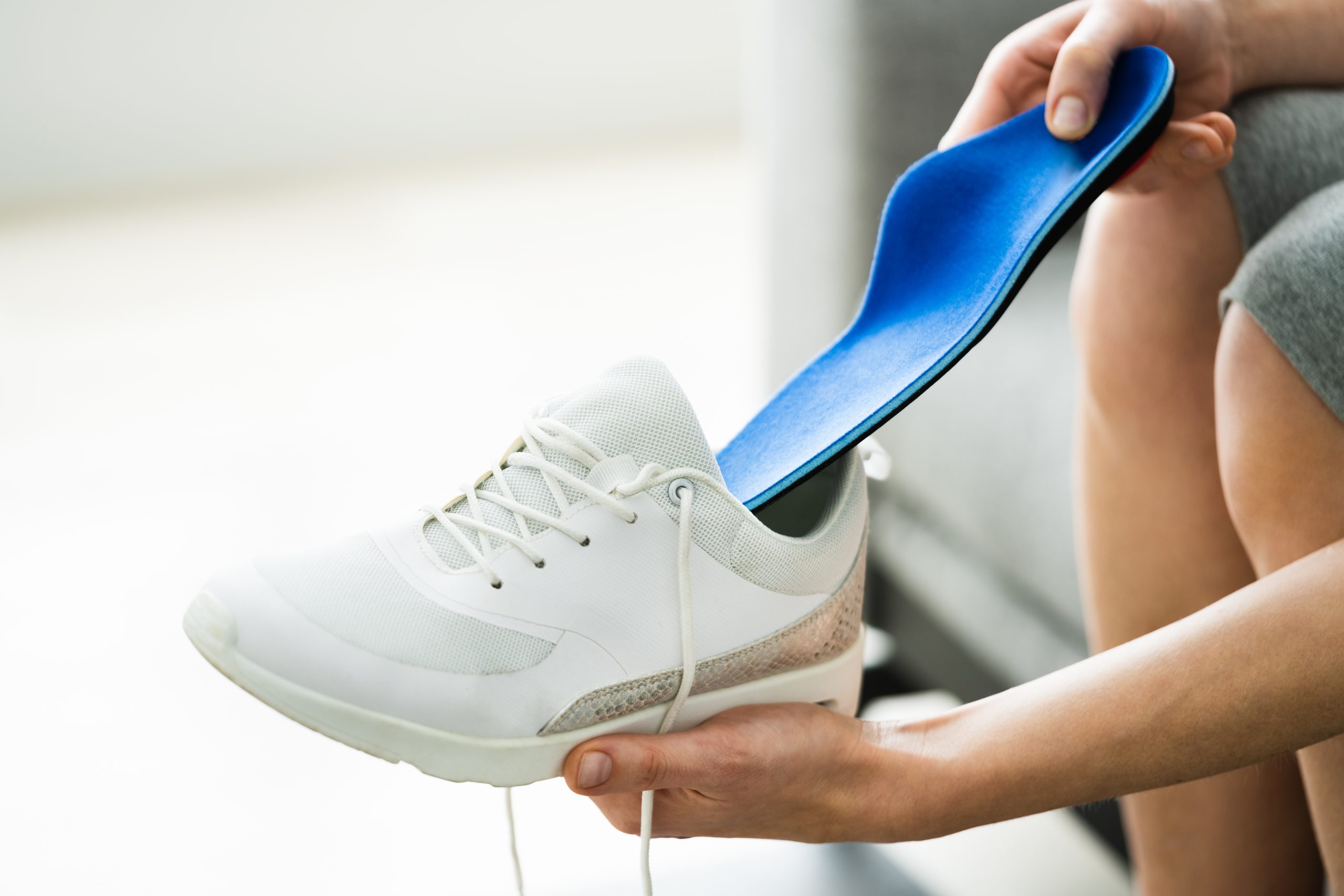
How can I Treat my Ball of Foot Pain at Home?
The following changes can be made at home to relieve some of the pain and pressure that you are getting on the ball of the foot:
- Footwear: Wear shoes that are wide enough to allow movement at the toes when walking and when you are on your feet. Ensure the shoe you are wearing does not have a heel to reduce the pressures on the front of the foot. Please follow our guide to choose a good shoe for your foot by clicking here.
- Rest your foot when you can, especially after activity. Placing your feet in an ice water bath for 2o minutes every 4 hours may help relieve any pain, inflammation and swelling.
- Stretching: Where activity may be causing you pain, targeted stretching can help ease the pain, increase flexibility and improve strength. Ensure you do stretches a few times a day until you feel the pain has reduced.
- Manage Body Weight: Excess body weight can increase the load and pressures put not the ball of the foot. Reducing weight will relieve the loads on the joints and feet. We recommend seeing your GP to help you with weight loss and management.
- Pain medication: taking ibuprofen or Panadol as directed by your Doctor help alleviate some of the pain. Please keep in mind that pain killers only mask the pain and do not treat the cause, meaning that the pain will come back.
If you have tried the above mentioned home care advice for ball of foot pain and have no relief after 1 month, it is safe to say that the pain will not go away on its own. It is time to see a Podiatrist for an initial biomechanical assessment to figure out why you are experiencing pain and how we can help to alleviate it. Your Podiatrist will give you a tailored treatment plan which may include footwear change based on your foot type, stretching and strengthening rehab exercises and possibly:
- Custom Orthotics: Depending on the severity of pain, and also the condition that is causing your pain, your Podiatrist might prescribe you custom orthoses which will help treat the pain at the cause, relieve the pain you are experiencing and also reduce the ris of the pain returning in the future.
- Shockwave Therapy: Depending on your condition and why you are experiencing pain, your Podiatrist might recommend shockwave therapy to help heal your condition and relieve pain.
Dr. Fatima Al-Kathmi (Podiatrist)
The Foot Force Podiatry
BOOK NOWContact Us
Send us an e-mail:
This site is protected by reCAPTCHA and the Google Privacy Policy and Terms of Service apply.
